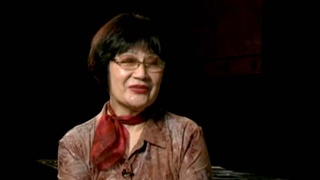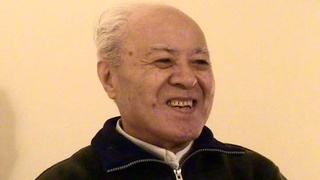Interviews
The differences between Japanese women who emigrated from Japan and those who did not (Japanese)
(Japanese) Around that time (1970s-80s), I was asked by newspapers, like Asahi Shimbun, to write about my impressions of the people whom I interviewed. So I wrote that these Issei women are, as they often say in Japan, “women who are soaring”—you know, women with independence. That’s the kind of women that I said—that I wrote—that they are. But then, I immediately received a reply in the mail from a person majoring in economics, telling me that my thoughts “are too naïve.” It said that “You need to think more about the economy of Japan, about how extremely difficult the circumstances were, and how it was forcing people to emigrate… there’s not enough focus on these aspects in your article.” So I replied that “I do understand,” that the extreme economic circumstances were indeed one of the reasons for emigration. But if you ask me about the difference between the women who emigrated from Japan and those who didn’t—even during this extreme economic slump—I would still say that the ones who emigrated were the ones with a strong sense of independence. They are the ones who made their own decisions, chose their own path, and decided to raise their children over here.
Date: October 7, 2005
Location: California, US
Interviewer: Ann Kaneko
Contributed by: Watase Media Arts Center, Japanese American National Museum












